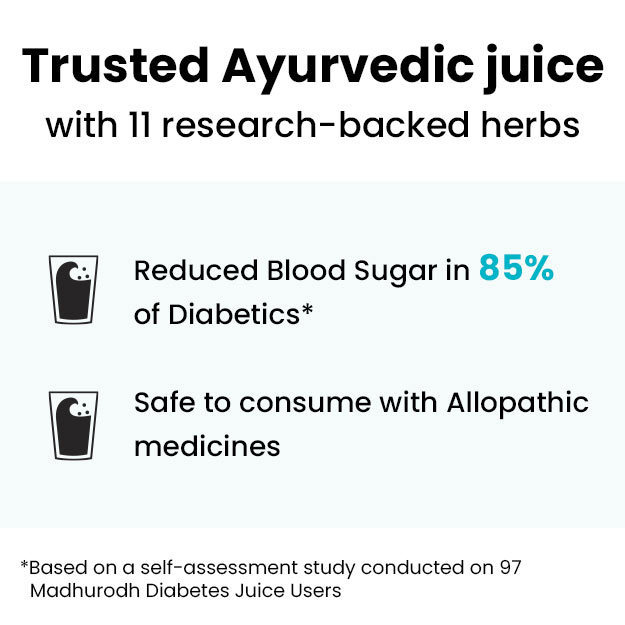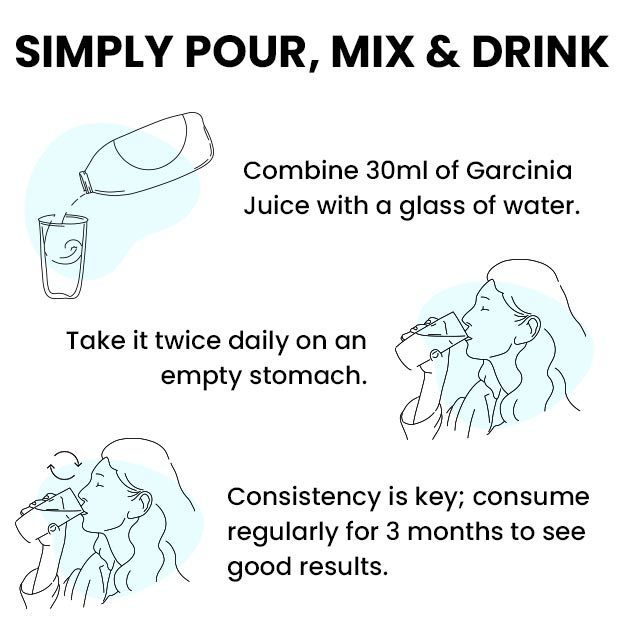Nearly 12% of the Indian population has diabetes - a set of conditions in which the body is unable to make or properly use the insulin hormone for controlling blood glucose levels. Union Ministry of Health and Family Welfare data show that an estimated 72 million people in India were living with diabetes by 2017. Further, according to one estimate, one in six Indians is prediabetic. Both these sets of people - prediabetics and diabetics can benefit greatly from exercise for different reasons.
- Prediabetes is a state when fasting blood sugar levels are between 100 and 125 milligrams per deciliter (mm/dL) - or a little over the normal range (80 - 100 mm/dL). At this stage, exercise and diet control can help patients to reverse the condition.
- Diabetics can benefit from exercise as exercise increases blood circulation, helps in weight loss and reduces stress. All of which helps to
- Reduce patients' risk of complications of diabetes such as diabetic neuropathy (nerve damage), diabetic foot ulcers, diabetic retinopathy and other eye disorders that can occur as a result of diabetes.
- Prevent or manage comorbidities such as obesity, high blood pressure, sleep apnea, diabetic dyslipidemia (high levels of lipids or fats in blood as a result of diabetes), non-alcoholic fatty liver (one of two types of fatty liver), heart disease and kidney disease. Comorbidities are health conditions that tend to occur together - often these health conditions are a risk factor for each other.
Please check this link for complete ayurvedic treatment of diabetes.
A sedentary lifestyle has been closely linked with the spread of diabetes, and incorporating a more active routine can, of itself, benefit those afflicted by the disease greatly: The National Health Portal of India recommends at least 150 minutes of light to moderate aerobic activity in a week for adults. Additionally, diabetes exercises can vary in intensity and skill level, to make it easier for older patients as well as those with other ailments to cope.
(Read More - Diabetic Nephropathy treatment)






































